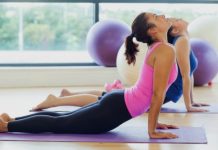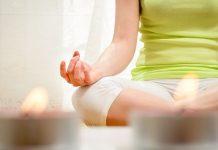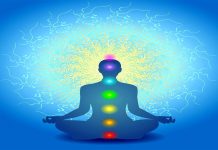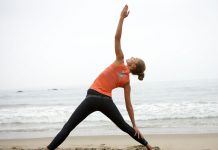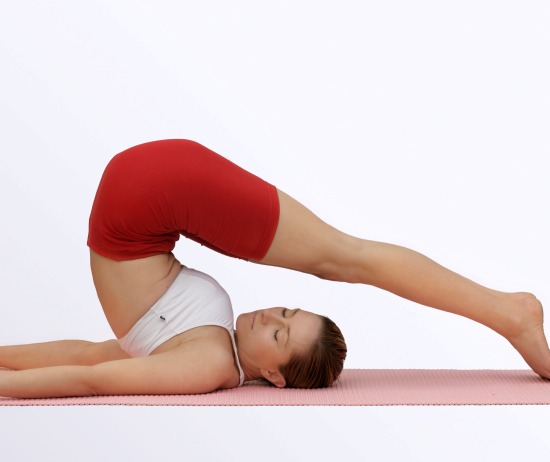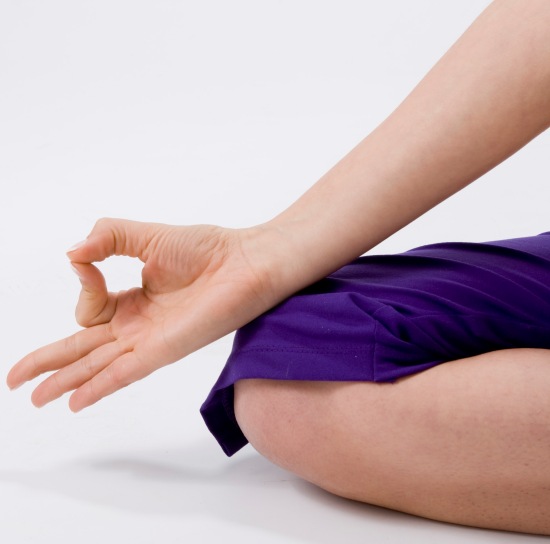Although traditional hatha yoga did not utilize the yoga props we have today, teachers such as B.K.S. Iyengar of India, founder of Iyengar yoga, advocate using props to ensure proper alignment and to avoid injury. If you are new to yoga and are not ready for advanced poses, props are a great way to help learn proper position and master the pose until you are ready for the next level.
Items needed
With a few simple steps, you can learn to incorporate yoga props into any existing routine. Common yoga props include the yoga block, strap and bolster.
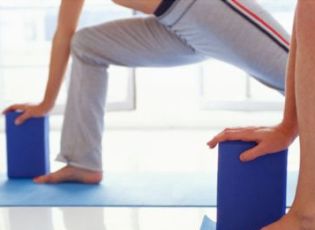 Yoga blocks
Yoga blocks
Yoga blocks are made of a foam material or cork and are light-weight but firm. They can be laid flat, or used upright resting on either the long or short side.
They are used in a variety of poses and help provide extra support.
The block is used in standing poses such as trikonasana, or triangle pose, Ardha Chandrasana or half-moon pose, and standing forward bends.
In triangle pose, place the block on the floor next to your front leg. As you bend over the leg toward the toe, rest your hand on the block laid either flat or on its side, depending on your flexibility. As your flexibility increases, lay the block flat or remove it altogether.
The block is used similarly in half-moon pose. However, it is important to keep the block either flat or resting on the long side. Half-moon is a balancing pose and you want to utilize as much surface area on the block for support as possible.
In any standing forward bend, use the block on the floor in front of you for added support. As you bend forward, rest your hands on the block, either laid flat or resting on either side. The goal in standing-forward bend is to straighten the legs while relaxing the spine and shoulders.
Yoga straps
 Yoga straps may be made of cotton, nylon or canvas-type material. They are roughly twice as long as a standard belt, and unlike other exercise bands, are not elastic. They are used to help increase flexibility, especially with twisting postures.
Yoga straps may be made of cotton, nylon or canvas-type material. They are roughly twice as long as a standard belt, and unlike other exercise bands, are not elastic. They are used to help increase flexibility, especially with twisting postures.
To use the strap in Ardha Matsyendrasana, or half Lord of the fishes pose, wrap the strap around your body holding one end in each hand. Sit on the floor with the right leg bent flat on the floor and the left leg stepped over the right.
Make sure your spine is straight and the pelvic bones are both on the mat. Twist around to the left, looking over the left shoulder and reaching behind you with the left hand.
Hold the strap on the left side of the body with the right hand, and the strap on the right side with the left. Pull on the straps to gain a deeper twist. Repeat on the opposite side.
Bolsters and pillows
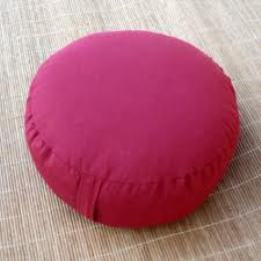 Bolsters and pillows come in a variety of fabrics. They may be stuffed with cotton batting, foam or even saw dust.
Bolsters and pillows come in a variety of fabrics. They may be stuffed with cotton batting, foam or even saw dust.
They are generally used to provide extra comfort and support proper alignment.
Pillows can be used in easy pose or corpse pose for added comfort.
Bolsters are often used in restorative poses such as ViparitiKarani, or legs-up-the-wall pose, and SuptaBaddhaKonasana, or bound-angle pose.
For legs-up-the-wall pose, place the bolster length-wise against a wall. Lie flat on your back and rest your hips on the bolster while extending the legs up the wall toward the ceiling. Breathe and relax.
For bound-angle pose, lie flat on your back and bring the feet together while dropping the knees open to the sides. Use two bolsters, one under each leg for added support. Close your eyes and breathe deeply.
Tips
Use the props as necessary to support your body as you grow in your yoga practice. Eventually you will be able to complete a session without any aids. As always, check with your doctor or health care provider before beginning this or any fitness program.


